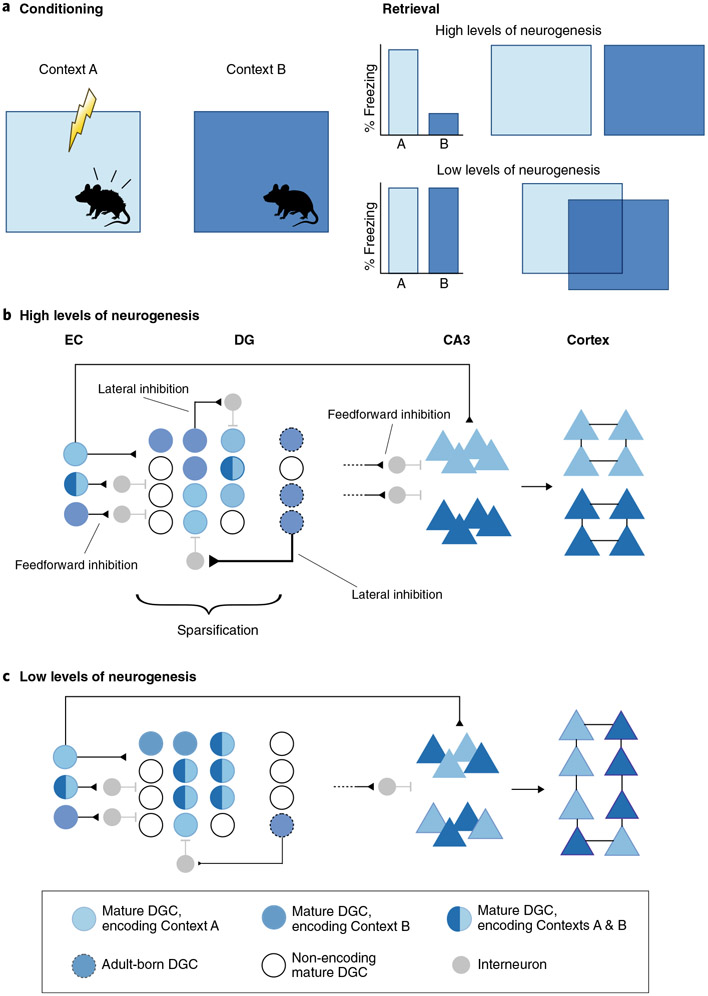Fig. 2 ∣. Adult-born DGCs reduce memory interference and promote consolidation through inhibitory microcircuits.
a, Schematic of contextual fear conditioning paradigm using two similar but nonidentical contexts (here indicated by two different shades of blue). With high levels of adult neurogenesis, mice efficiently discriminate between the two similar contexts, as indicated by increased freezing in the shock-paired chamber (indicated in light blue) but not in the non-paired but similar chamber (indicated in dark blue). With low levels of neurogenesis, discrimination is impaired, as indicated by similar levels of freezing in the two chambers. b, Adult-born DGCs (outlined with dotted border) facilitate separation of DG engrams encoding similar contexts. Top: EC inputs are decorrelated in DG via feedforward inhibition and lateral inhibition; abDGCs, competing with mature DGCs for perforant path inputs, exert high levels of lateral inhibition onto other DGCs through local inhibitory microcircuits; this facilitates sparse activity in the DG and thereby enables the establishment of non-overlapping engrams for the shock-associated context (light blue) and the similar but neutral context (dark blue); white cells do not encode either context. abDGCs recruit feedforward inhibition to transfer engrams of both contexts in non-overlapping populations of CA3 (triangles). Following decorrelation of engrams of both contexts in DG–CA3, each representation is consolidated in independent cortical ensembles. Through these mechanisms, high levels of adult neurogenesis can reduce memory interference. Bottom: with low levels of neurogenesis, similar contexts are represented by overlapping engrams (light and dark blue shades) in the DG and CA3 owing to inefficient synaptic competition, decreased feedforward inhibition, decreased lateral inhibition and reduced sparsification of DG activity. This increased interference in turn results in overlap and linkage of representations of both contexts in the cortex.

